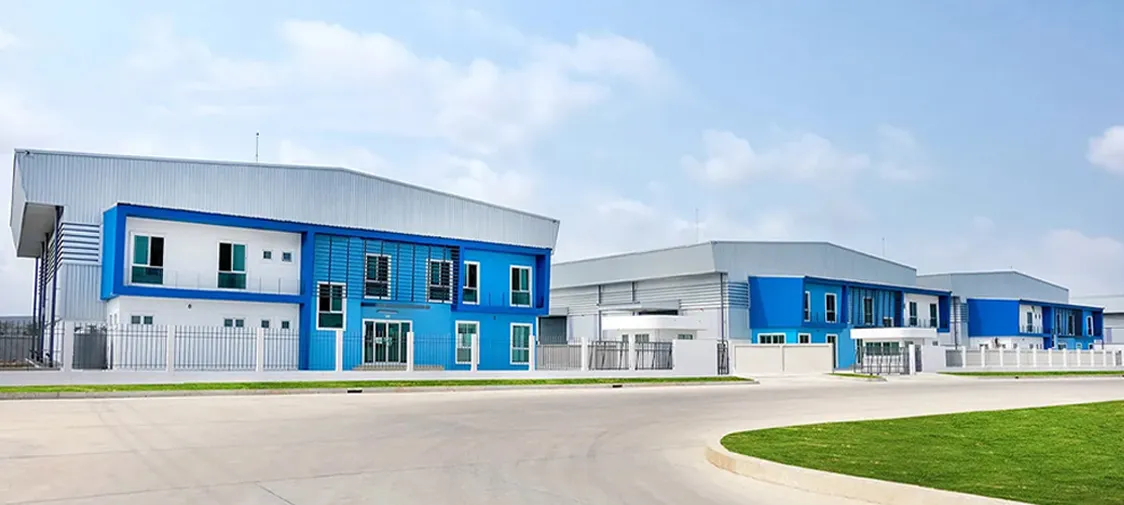
types of fertilizers
Understanding the Types of Fertilizers
Fertilizers play a crucial role in modern agriculture by enhancing soil fertility, promoting healthy plant growth, and increasing crop yields. With the world’s population constantly on the rise, the demand for food production has never been greater. As a result, farmers and gardeners often rely on various types of fertilizers to ensure their plants receive the necessary nutrients. In this article, we will explore the different types of fertilizers, their compositions, and how they impact plant growth.
1. Chemical Fertilizers
Chemical fertilizers, also known as synthetic fertilizers, are manufactured through chemical processes. They are typically composed of essential nutrients like nitrogen (N), phosphorus (P), and potassium (K), commonly referred to as NPK fertilizers.
- Nitrogen Fertilizers These fertilizers are primarily used to promote leaf and stem growth. Ammonium nitrate and urea are common examples. They are quickly absorbed by plants, making them effective for rapid growth.
- Phosphorus Fertilizers These promote root development, flowering, and fruiting. Superphosphate and triple superphosphate are popular phosphorus sources for gardeners looking to enhance their plants' energy transfer and photosynthesis capabilities.
- Potassium Fertilizers Essential for overall plant health, potassium aids in water regulation and disease resistance. Potassium chloride and potassium sulfate are common sources widely used in agriculture.
While chemical fertilizers can lead to immediate improvements in plant health, over-reliance on them can result in soil degradation, water pollution, and negative impacts on beneficial soil organisms.
2. Organic Fertilizers
Organic fertilizers are derived from natural sources and include plant and animal materials. They provide a slow-release source of nutrients, enhancing soil quality over time.
- Compost Made from decomposed organic matter, compost enriches the soil with nutrients and enhances its structure, improving water retention and aeration. It also promotes beneficial microbial activity.
- Manure Animal waste, such as cow, horse, or poultry manure, can be a rich source of nutrients. When properly processed, manure can improve soil health but must be used cautiously to avoid pathogens and unpleasant odors.
- Bone Meal This is a ground form of animal bones, which is rich in phosphorus. It is often used for root and flower development in plants.
types of fertilizers

- Green Manures These are cover crops that are grown specifically to be tilled back into the soil. They help to improve soil structure, prevent erosion, and add nutrients when decomposed.
Organic fertilizers are often preferred by those looking for sustainable practices since they improve long-term soil health and reduce environmental impact.
3
. Slow-Release FertilizersSlow-release fertilizers are formulated to release nutrients gradually over an extended period. They are designed to reduce the risk of leaching and ensure a steady supply of nutrients.
- Controlled-Release Fertilizers These are coated with a material that slows down the release of nutrients. This approach prevents nutrient spikes and allows for more efficient use of fertilizers by plants.
- Organic Slow-Release Options Certain organic fertilizers also function in a slow-release manner. For example, composted manure can provide a steady supply of nutrients as it decomposes over time.
These fertilizers are particularly beneficial for gardeners who prefer lower maintenance.
4. Specialty Fertilizers
Specialty fertilizers are tailored to meet specific plant needs or conditions. They may contain micronutrients that are crucial for certain crops or be formulated for particular growth stages.
- Liquid Fertilizers These are often easier to apply and can quickly improve nutrient availability. They can be used for foliar feeding, where nutrients are absorbed through leaves.
- Fertilizers for Specific Plants There are various fertilizers designed for specific types of plants, such as orchids, tomatoes, or lawn care, which cater to their unique nutritional requirements.
Conclusion
Understanding the various types of fertilizers available helps gardeners and farmers make informed decisions tailored to their specific needs and growing conditions. Each fertilizer type has its advantages and drawbacks, and a balanced approach—combining organic and synthetic options—often yields the best results. As we strive for sustainable agricultural practices, awareness of how fertilizers interact with soil and plant health will play an essential role in shaping the future of food production. By carefully selecting and applying the right fertilizers, we can ensure healthy crops while maintaining the delicate balance of our ecosystems.
-
Understanding Synthetic Rubber OptionsNewsApr.27,2025
-
Trichloroisocyanuric Acid: Essential for Clean and Safe WaterNewsApr.27,2025
-
Sodium Dichloroisocyanurate: Key to Safe Water TreatmentNewsApr.27,2025
-
Sodium Acid Pyrophosphate: Essential in Modern Food ProcessingNewsApr.27,2025
-
Essential Water Treatment ChemicalsNewsApr.27,2025
-
Denatured Alcohol and Its Industrial UsesNewsApr.27,2025
-
The Versatile Uses of Sodium BicarbonateNewsApr.24,2025
Hebei Tenger Chemical Technology Co., Ltd. focuses on the chemical industry and is committed to the export service of chemical raw materials.
-

view more DiethanolisopropanolamineIn the ever-growing field of chemical solutions, diethanolisopropanolamine (DEIPA) stands out as a versatile and important compound. Due to its unique chemical structure and properties, DEIPA is of interest to various industries including construction, personal care, and agriculture. -

view more TriisopropanolamineTriisopropanolamine (TIPA) alkanol amine substance, is a kind of alcohol amine compound with amino and alcohol hydroxyl, and because of its molecules contains both amino and hydroxyl. -

view more Tetramethyl Thiuram DisulfideTetramethyl thiuram disulfide, also known as TMTD, is a white to light-yellow powder with a distinct sulfur-like odor. It is soluble in organic solvents such as benzene, acetone, and ethyl acetate, making it highly versatile for use in different formulations. TMTD is known for its excellent vulcanization acceleration properties, which makes it a key ingredient in the production of rubber products. Additionally, it acts as an effective fungicide and bactericide, making it valuable in agricultural applications. Its high purity and stability ensure consistent performance, making it a preferred choice for manufacturers across various industries.











